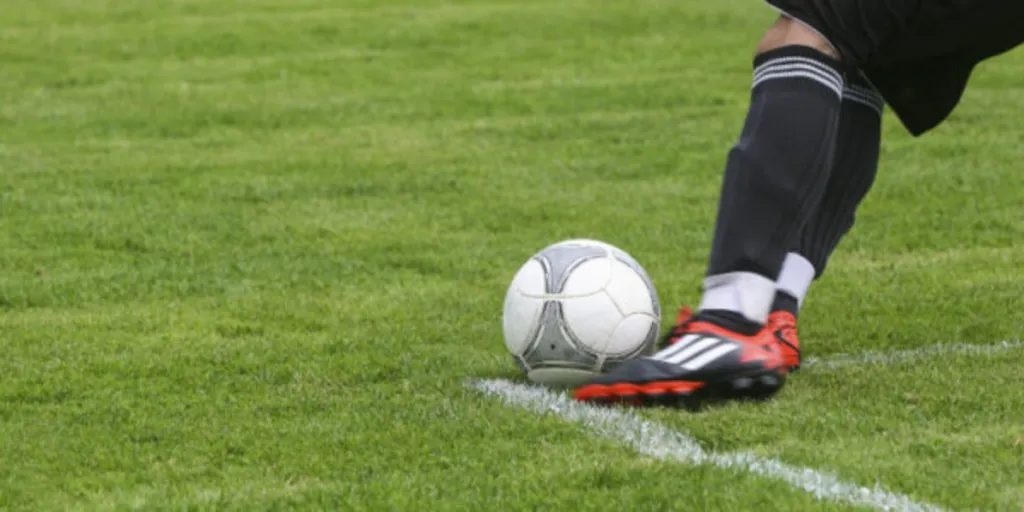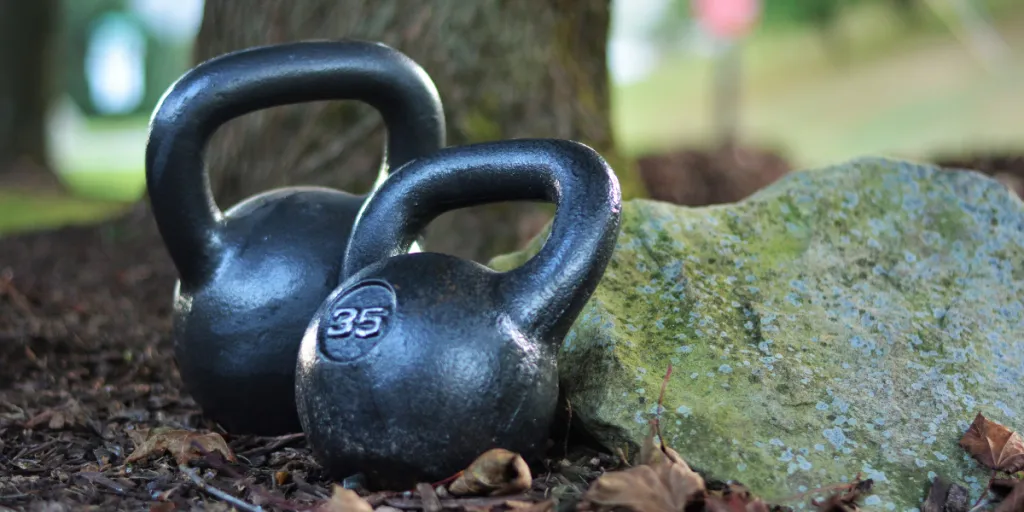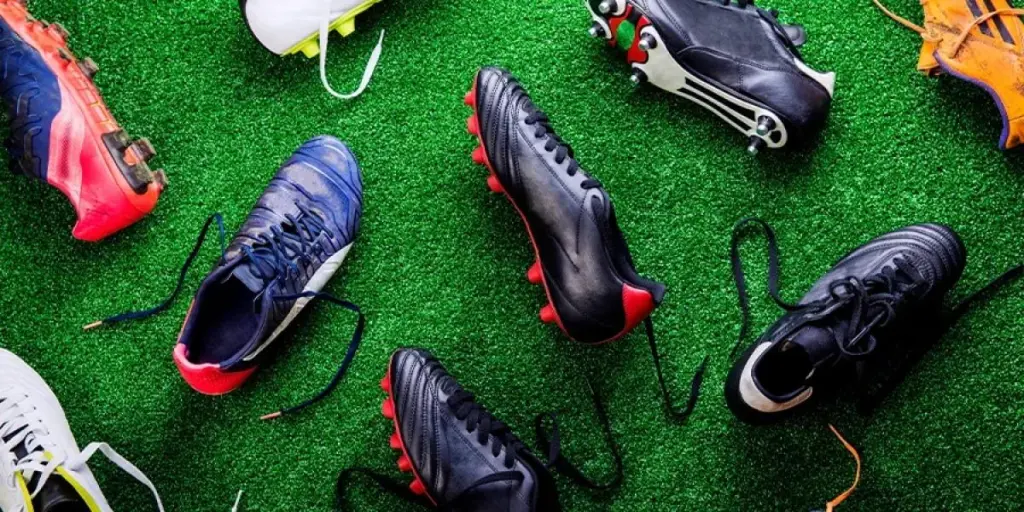Soccer is among the most popular sports in the world, and having the appropriate equipment is vital for great performance. The shoe is the most needed piece for this sport and the players. Based on the sport’s unique demands, they are designed to give players the necessary support, grip, and comfort.
Nonetheless, various types of soccer shoes are available on the market; therefore, choosing the right pair could be difficult. This arises from the myriad of brands, styles, materials, and features. In response, the guide below will highlight the essential factors to be considered when selecting the right pair of soccer shoes.
This article also outlines the various types of soccer shoes and their market share and size. A beginner or an experienced player will learn how to take care of the shoes and get the most out of their investment. So, let’s dive in!
Table of Contents
Soccer shoes market share and size
Types of soccer shoes
The ultimate guide to buying soccer shoes
Summary
Soccer shoes market share and size
Over time, initiatives and promotional activities have accelerated the demand for soccer shoes. These activities have increased the popularity and participation in soccer, thus driving the spending on soccer shoes. Generally, the soccer shoes market is segmented based on the product, distribution channel, and region. Key producers are actively developing new techniques and focusing on consumer preferences. Some of them include Adidas AG, Puma SE, and Nike Inc.
According to Grand View Research, the soccer shoes market size was estimated to be USD 19.07 billion in 2022. A further expansion was expected from 2022 to 2030 at a compound annual growth rate (CAGR) of 5.3%. This surge in demand is directly attributed to the rise in the availability of football infrastructure, which has increased players’ participation and the need for soccer shoes.
Considering the product segment, the firm ground soccer shoe registered the largest revenue share of over 50% in 2021. This is because they are molded soccer shoes widely used on grass pitches. The hard ground segment is expected to account for the highest growth rate of about 6.4% during the forecast period. The offline distribution channel accounted for over 70% of the revenue share. Additionally, based on region, Europe held over 30% of the market share, which was the largest. This is because of soccer’s popularity in this region—most countries spend heavily on soccer-related items.
Types of soccer shoes
1. Firm-ground shoes
Firm-ground soccer shoes are designed for natural grass surfaces that are not overly muddy or soft. Generally, they feature molded and firm cleats or studs that are more numerous and shorter than those of other soccer shoes. The upper part is made from synthetic materials like microfiber, PU, or natural materials like leather. Materials like phylon or EVA make the middle sole for cushioning and foot support. The outsole must be made from durable materials like TPU or rubber to give stability and traction. Overall, the firm-ground shoes are perfect for buyers who intend to play on natural grass surfaces and not artificial turf.
2. Soft-ground shoes
Soft-ground soccer shoes are used for playing on natural grass surfaces that are wet and soft. They have between 6 and 8 removable plastic or metal studs on the outsole, giving stability and traction on soft grounds. The longer studs prevent the player from losing traction or slipping on wet or muddy fields. Also, the upper shoe is made from soft and water-resistant materials to keep the players’ feet comfortable and dry. Generally, some buyers opt for longer or shorter studs when choosing soft-ground soccer shoes, while others prefer more supportive and flexible shoes. This determines the balance and agility when playing.
3. Hard-ground shoes
Hard-ground soccer shoes are a design of athletic shoes used on dry, firm surfaces like artificial turf or natural grass. They have a low-profile firm outsole with small cleats or studs that give stability and traction on hard surfaces. This enables buyers like athletes to change direction quickly and make sharp turns on firm grounds. Some hard-ground shoes are made of a lightweight, breathable upper material to give foot support and comfort. These shoes are unsuitable for wet or soft surfaces as the studs dig into the ground, slowing the motion and potentially increasing injury risks.
4. Turf shoes
Turf soccer shoes are athletic shoes designed for use on artificial turf surfaces made of polyethylene or nylon. They have a rubber outsole with numerous rubber nubs or studs that provide great traction and excellent grip on artificial turf. These shoes have a low-cut design and a flexible, lightweight upper part made from synthetic materials to give a responsive and comfortable fit. The turf fields can be abrasive and result in wear and tear on shoes, but the turf soccer shoes are meant to withstand the turf surface demands.
5. Indoor shoes
Indoor soccer shoes are specifically designed for playing soccer on indoor surfaces like artificial turf, hardwood, or concrete. They are made of non-marking rubber soles to provide excellent grip and traction on indoor surfaces. The shoes feature a low-profile shape that improves players’ agility and speed. Synthetic leather or mesh substances offer durability and breathability for the shoe’s upper part. The shoes are also lightweight, allowing quick movements, flexibility, and better ball control. Generally, the shoes provide sufficient support for players to perform well on the court.
The ultimate guide to buying soccer shoes
1. Size
The right soccer shoe size is important for ensuring comfort and field performance. Buyers can measure their feet’s length from the heel to the tips of the longest toes. They must check the sizing chart corresponding to the soccer shoe model they intend to purchase. Also, they should consider different types of soccer shoes while trying out various sizes to find the right one that fits their needs.
2. Material
Materials make significant differences in performance, comfort, and durability. Leather soccer shoes are designed to provide comfort and the ability to conform to the foot shape over time. Soccer shoes made from synthetic materials like polyurethane offer water resistance, which is beneficial in wet conditions. Knit soccer shoes are lightweight and provide a snug and supportive fit without using laces. Additionally, hybrid soccer shoes combine various materials to balance durability, comfort, and performance. Buyers need to consider personal needs, playing style, and playing surface.
3. Cost
Cost is a major factor for many players when purchasing soccer shoes. Some budget-friendly shoes cost around USD 50. They provide adequate support and protection for beginner or casual players. The mid-range soccer shoes cost between USD 50 and 100. They feature specialized traction systems for different surfaces, durability, and comfort. Lastly, premium soccer shoes can cost around USD 100 or more. They have advanced features like special cleat patterns, cushioning, and enhanced breathability. Buyers must balance their needs for performance & durability and the available budget.
4. Design
Design is important as it impacts style, performance, and comfort. The cleat pattern affects traction and stability on various playing surfaces. A variety of styles range from classic to modern. Some buyers opt for the traditional look, while others want a bold and colorful design. Some soccer shoes are designed for certain positions, like lightweight shoes are suited for forwards as they focus on speed and agility. Also, soccer shoes feature different closure types, like Velcro or laces, to secure a comfortable fit. Individual needs and preferences affect the soccer shoe design to enhance performance and style on the field.
5. Padding
The type and amount of padding impact support, comfort, and protection. Cushioning provides shock absorption and comfort for players over extensive periods. Collar padding wraps around the ankle for additional support and to avoid injuries. Toe protection is essential, as some soccer shoes feature padding or reinforcement for protection against impacts or collisions. Additionally, the heel padding prevents blisters and offers support for the feet. Buyers must understand that well-padded soccer shoes enhance comfort and protection.
6. Lacing system
The lacing system affects comfort, fit, and performance. Traditional laces provide a classic and customizable fit. Asymmetrical lacing offers larger striking surfaces and improved ball control. They are suited for attacking players and those who prioritize ball control. The laceless soccer shoes provide a snug fit and are secure without laces. Velcro closures give a quick and easy way to secure the soccer shoe without laces. They are designed for young players and those who prefer a hassle-free option.
Summary
Buying the appropriate soccer shoes is essential for any soccer player, whether a beginner or a seasoned one. Buyers aim to choose the right shoe that will meet their needs and enhance their performance on the field. They must consider the factors mentioned in the above guide to narrow down their options and find the right pair of soccer shoes. To find quality soccer shoes, visit Alibaba.com.




